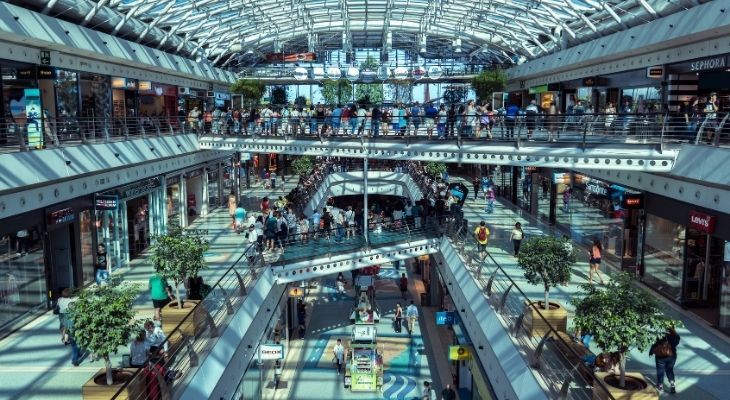Whether you sell your products B2B, B2C, or both, 2020 has been a hugely challenging year for retailers. The disruption to Australian retail has impacted businesses of all shapes and sizes, and a clear end point to the turmoil has not yet materialised. However, there are some key lessons that can be learned from what has taken place in recent months.
It’s in the Post
While bricks-and-mortar retail remains crippled by the coronavirus pandemic, online shopping has experienced remarkable growth. According to Australia Post’s 2020 eCommerce Industry Report, an average of 1.6 million Australian households bought something online each week in 2019; by April 2020, this had increased to 2.5 million households per week. In individual terms, the number of Australians engaging in online shopping rose by 31 per cent in April this year compared with the national average in 2019.

Catherine Cervasio, founder of Aromababy Natural Skincare, says her company has seen a marked increase in B2C online activity since the crisis took hold. “Whilst traditionally a B2B operation, during the past several months we have found a need to work more via our website with consumers who still wanted to purchase Aromababy but had fewer options due to the retail closures,” she says.
Meanwhile, Catherine’s B2B selling has zig-zagged. “We began the year on par with the previous period, however as COVID hit, wholesale came to a halt,” she says. “Thankfully some of those stores themselves pivoted to online, so over the past several months our wholesale business has begun to recover. And we have taken on new wholesale business over the past month, which is great and provides some hope that there is light at the end of the tunnel.”

No Going Back
Australia Post reckons the ongoing day-to-day impacts of COVID-19, coupled with the systemic changes set in motion by the pandemic, will fundamentally alter the Australian retail landscape in the months ahead – and not just by pushing more purchases online.
“As we progress through the rest of 2020, we’ll likely see the industry shift even further away from its previous state as retailers look to adopt a greater reliance on local manufacturing, re-imagine supply chains and perhaps renew their focus on sustainability and social responsibility,” says Ben Franzi, Australia Post’s General Manager of Parcel and Express Services.
What does this mean? Firstly, a greater reliance on local manufacturing could be a boon for many Australian companies who have historically struggled to compete with imports on price. Secondly, a re-imagining of supply chains could see bricks-and-mortar retail outlets increasingly reduced to ‘showroom’ status as companies deliver goods directly from the warehouse to customers’ homes.
Meanwhile, a renewed focus on sustainability and social responsibility could benefit Australia’s natural and organic sector, bringing it closer to the mainstream. “Buyers are increasingly telling us that they’re looking for the truly eco-friendly,” says Catherine. “They’re also voicing a preference for strong, proven brands – heritage brands, not newcomers.”

The Last Hurrah?
It may be tempting to declare the era of shopping malls and huge flagship stores well and truly over. But Brian Walker, CEO of the Retail Doctor Group, says human psychology will keep physical retail in play in a post-COVID world.
“We, as human beings, are social by instinct – and retail is fundamentally a social experience,” he says. “We certainly hold the view that people will migrate back to the malls and the high streets and to physical shopping. However, physical retail has to get more interesting, more entertaining, more inspirational. The challenge for retailers is to build engaging experiences that differentiate them from the day-to-day.”
Brian believes the successful retail brands of the future will provide consumers with an ‘omni-channel’ journey. The omni-channel model does involve physical retail outlets – Brian calls them “the jewels in the crown” for retailers – but also requires an advanced e-commerce solution, a social media presence and multiple streams of advertising.

“It’s about using all these channels in an integrated, simultaneous way,” he says. “For example, having seamless integration between your in-store and online inventory.”
Catherine reckons brands such as hers will need to focus more on B2C online sales in the future, but not at the expense of existing relationships with physical retailers.
“I do believe there will be a ‘new normal’ when the pandemic is over,” she says. “Manufacturers will need to have an improved digital presence and online offering together with a quality customer experience. But if manufacturers are not seen to support their wholesale trade, they will lose that business. Overall, companies like mine will have to be doing more than ever before.”

